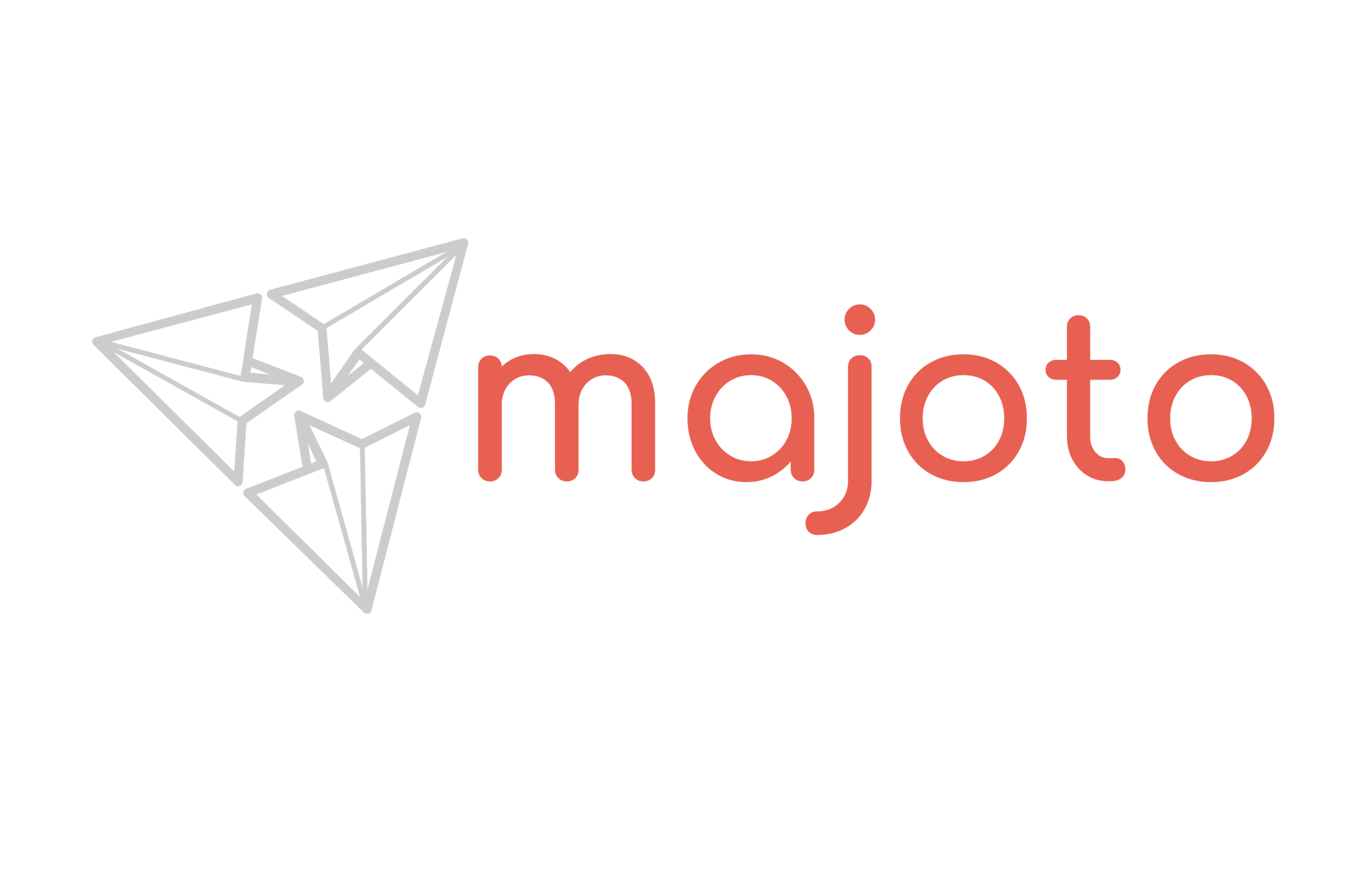Clarity needs design.
Image courtesy of Ian Schneider on Unsplash.
Clarity needs to be actively designed into the contract experience, if you want to build relationships rather than just improve process. You need the right tools for that.
The last mile.
If you’re a business wanting to build relationships, the contract is the last mile. And it’s painful. While the other business functions are adapting to the pace of the relationship economy, Legal still seems to be holding things up: adding complications and creating bottlenecks. Businesses hate that, and blame their lawyers.
Businesses recognise there’s a problem, made more acute when everyone’s working from home. Hence the huge interest in digitizing legal processes and automating contracts.
Why so much pain?
Building relationships means bringing people together, getting them on the same page, creating clarity and getting to “yes” fast. Lawyers and businesses are fighting harder than ever to do that. But so often they’re fighting with the wrong tools.
At Majoto, we talk to businesses and legal teams every day, and we see a common thread, a reason why the contract journey is such a pain and why companies are finding it hard to fix. The common thread is that lawyers and businesses usually think of contracts in terms of managing information and creating process efficiencies. When you build a contract process around that, it might lead to efficiencies, but it does not help with people and relationships. In fact the resulting processes can get in the way of the things that create relationships, like simple human interaction.
Fixing it needs more than process
To truly create a better contract experience (and therefore become better at relationships), it’s necessary to look outside of process and information, and at much more exciting dimensions like communication, behaviours, user-centricity. It’s about looking at all the outcomes (not just risk or cost), and experiences, and then making it scale.
Take communication. Communicating your terms early with the other side, getting early visibility on alignments and misalignment, and having clear communication internally around outcomes and risk, can hugely reduce internal and external frictions, create trust and accelerate deals. Yet communication strategy and process is rarely well thought out. Externally, it’s usually about who gets their template over to the other side first. Internally, companies focus on approval processes, but not on how to ensure clear visibility of and alignment on risk. This means that the way users experience the contract journey is left to chance or individuals’ varied people skills.
At Majoto, we think about it in terms of the Four Dimensions of Design:
The Four Dimensions canvas (c) Majoto Lab Limited 2020
The Four Dimensions of Design is a tool that helps us to look at the multiple facets of design when addressing challenges along the contract journey - whether that’s communication, data, content or systems. It’s about looking at all the outcomes including risk and business needs. Making sure that users experience the process in a positive way. And making it all scaleable and actually work inside an organisation.
The tools you use will either help or hinder
If you’re trying to become good at relationships, are you using tools that help you or hinder you? Using Word and email is adversarial, discourages real time human interaction, leads to confusion and sours relationships. Contract automation tools that replicate the same process (only faster) may create efficiency and speed up internal processes, but they are not designed to do the important work of creating trust and getting people on the same page.
Majoto enables clarity through design
At Majoto, we passionately believe that the tools we use make the difference between a dull dysfunctional process and an exciting journey that really works. That’s why we work hard to address the different facets of contract design and to enable it with technology. Majoto gives you user-centric agreements that people love, in a way that’s scalable.
To learn more, pay us a visit at our demo page.

